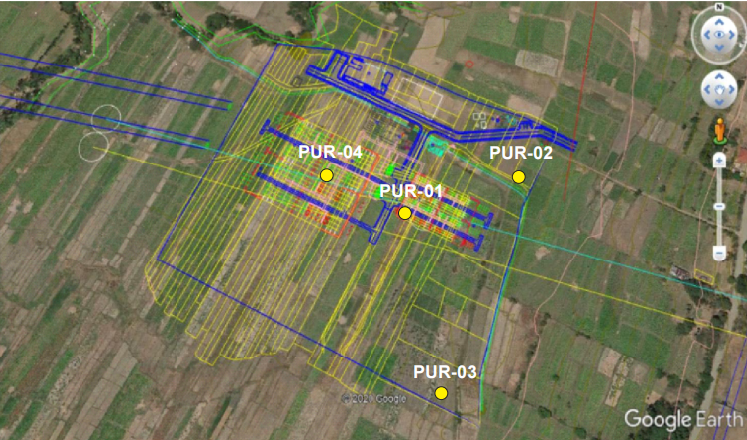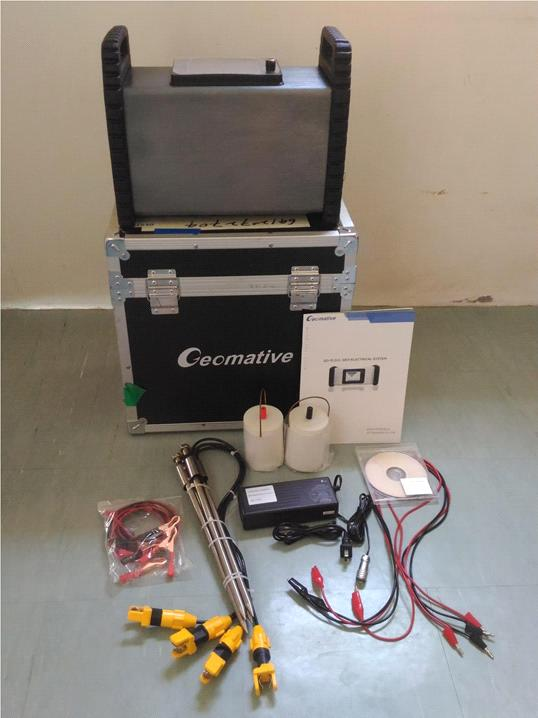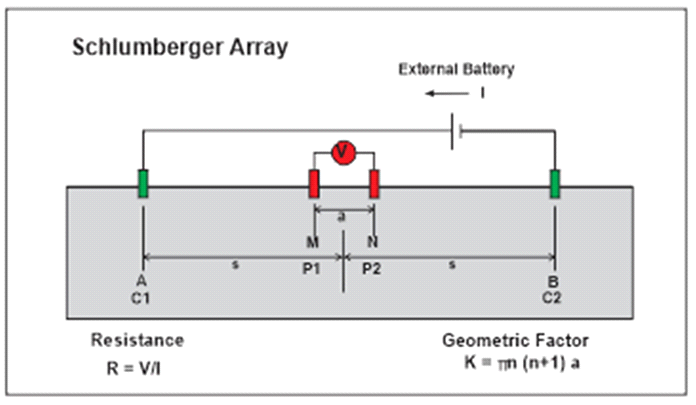
Background
The Pinili 230‐kV Substation Project of the National Grid Corporation of the Philippines (NGCP) will require water supply during construction and operational phases. To this end Geo-i Consultancy was tasked to conduct a groundwater investigation at this sub-station site.
In this project all the potential water sources such as groundwater, surface water, and rainwater, were evaluated in terms of both quantity and quality. Groundwater source was given particular attention because of ease and simplicity of operation.
Whatever water source will be available for the project, storage and pumping are necessary and therefore proper location and sizing of the storage tanks and deep wells and pumps must be considered during the planning and construction phase.
Study Methodology
Evaluation for groundwater source for the NGCP Pinili Sub-Station was undertaken through the following activities:
a. Spring source inventory
b. Surface water source inventory
c. Evaluation of rainfall pattern in Pinili, Ilocos Norte
d. Hydrogeological investigation of geologic rock formation

Georesistivity, geoelectrical and electrical resistivity, are terms used interchangeably, that pertain to non-invasive geophysical method which involves the introduction of direct current into the ground. Many arrays are used but for groundwater investigation, but the Schlumberger Array is the 10 most preferred method due to deeper depth of investigation and ease of field execution. Older literatures state that the depth of investigation of Schlumberger Array is about 25% to 30% of the total electrode wire length (AB). But newer literatures point to a depth of investigation to about 20%, which is more conservative and realistic. Shown in Figure 1 is the latest model of georesistivity instrument used in this survey.
Schlumberger Array (Figure 2) uses four stainless electrodes driven into the ground in straight line, two outside electrodes (AB or C1C2) are used to inject current from an external battery source and two electrodes (MN or P1P2) measure the potential drop. The resistance (R) of the ground for each reading can be computed from the current (V) and potential drop (I), which is then multiplied to the geometric factor (K) corresponding to the particular reading. The product of the resistance multiplied by the geometric factor is the apparent resistivity ρa; apparent because as the depth of investigation goes deeper, variability in resistivity of different layers of lithologic materials is encountered, and the georesistivity averages this upper to lower layers and reads off the apparent resistivity.

Figure 1. Georesistivity Instrument

Figure 2. Schlumberger Array
After the survey is completed the apparent resistivity (y-axis) is then plotted on the log-log paper against AB/2 spacing (x-axis). After plotting, interpretation follows. Two methods of interpretations are employed, the manual interpretation by using the Orellana and Mooney georesistivity master curves, and the automatic interpretation using computer software which is very convenient and fast.
A total of four (4) vertical electrical soundings (VES) points where measured within the Project Site as shown in Figure 3.
The lithology of the Project Site is almost homogeneous consisting of alluvial deposits. This is type of lithology is a very good source for groundwater supply. In fact, there are some shallow wells within the Project Site and its vicinity where shallow well were dug and the water level is almost at ground level.
The total electrode spread for each VES was 600m which can probe a depth of 120m and deeper.
After interpretation, presented at Annex 2, all the VES points exhibited water-bearing formation throughout the vertical sequence, implying that the area is saturated with groundwater. Drilling can be located anywhere within the Project Site. A deepwell drilled to 100m can sustainably provide the water requirement of the NGCP Pinili Sub-Station

Figure 3. Location of VES Points
The Project Site hosts a very good potential for groundwater supply. Its alluvial composition gives it the ability to store water in its porous and permeable subsurface formation, where pumping through deepwell may be expected to be productive.
Although rainwater harvesting may also be a possible source of water, groundwater is the more practical source because if proven to be highly productive, it may not need a very large storage and may be pumped on demand. Rainwater needs large storage to be useable because rainfall is not equally distributed throughout the year.
Deepwell drilling within the Project Site may be sited anywhere where it is practicable to locate. Recommended depth is 100m.